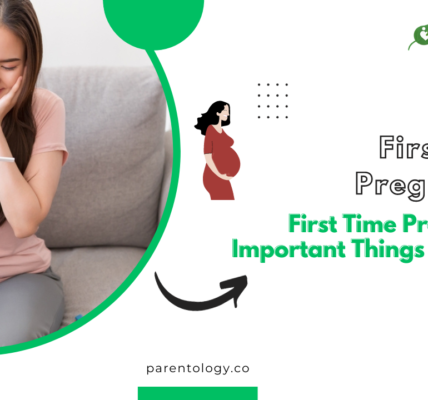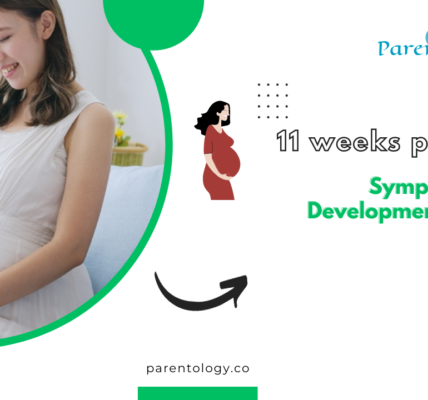The Miracle of Life: 5 Major Phases of Fetal Lung Development
Bringing a new life into this world is a remarkable journey, filled with intricate processes that ensure the health and well-being of the developing fetus. Fetal lung development is a critical part of this journey, as it paves the way for a baby’s first breath. In this comprehensive guide, we’ll delve into the fascinating world of stages of lung development, exploring the five major phases that transform a tiny cluster of cells into fully functional lungs.
Understanding Stages of Lung Development
Stages of lung development is a meticulously orchestrated process that ensures the baby’s lungs are prepared for their first breath. It involves the differentiation and growth of lung tissue, which begins during the early stages of pregnancy. Let’s explore these stages in detail.
Phase 1: Embryonic Stage
The journey of fetal lung development begins early in pregnancy, typically around the 4th to 7th week. During this phase, the respiratory system starts as a tiny bud from the foregut. The primary task is to form the basic structure, which includes the trachea and bronchi.
Key Points:
Differentiation of lung bud from foregut.
Formation of trachea and bronchi.
Phase 2: Pseudoglandular Stage
Between weeks 5 to 16, the pseudoglandular stage comes into play. Here, the lung undergoes rapid branching to form millions of tiny airways called bronchioles. While they resemble a glandular structure at this point, this stage sets the foundation for further development.
Key Points:
Rapid branching and formation of bronchioles.
Lung resembles a glandular structure.
Phase 3: Canalicular Stage
Advancing to weeks 16 to 26, we enter the canalicular stage. Now, the bronchioles continue branching, and a significant development takes place in the capillaries surrounding the bronchioles. This phase sets the stage for gas exchange but is not entirely functional at this point.
Key Points:
Further bronchiole branching.
Development of surrounding capillaries.
Beginning of gas exchange capabilities.
Phase 4: Terminal Saccular Stage
From week 26 to birth, the terminal saccular stage comes into play. This is a transformative phase where the air sacs (alveoli) start to appear in the lungs. These sacs are essential for the exchange of oxygen and carbon dioxide and continue to develop after birth.
Key Points:
Appearance of alveoli.
Preparation for gas exchange.
Continued development post-birth.
Phase 5: Alveolar Stage
The final stage, which extends from late fetal development into early childhood, is the alveolar stage. It is during this phase that the lungs truly become functional for breathing, and the number of alveoli increases significantly. The completion of this stage often takes a few years after birth.
Key Points:
Alveoli become fully functional.
Continued development in early childhood.
FAQs: Addressing Common Questions
Q1. When does stages of lung development commence?
Ans 1: Fetal lung development starts at conception, with the formation of primitive lung buds.
Q2. What is the role of surfactants in fetal lung development?
Ans 2: Surfactant is essential for reducing surface tension in the lungs, allowing them to expand and contract for breathing.
Q3. How do fetuses receive oxygen while in the womb?
Ans 3: Oxygen is supplied through the mother’s placenta via the umbilical cord.
Q4. What can hinder fetal lung development?
Ans 4: Factors like maternal smoking and certain medical conditions can hinder stages of lung development.
Q5. Are premature babies at risk for underdeveloped lungs?
Ans 5: Yes, premature babies often have underdeveloped lungs and may require medical interventions to support breathing.
Q6. How can expectant mothers support healthy fetal lung development?
Ans 6: Maintaining a balanced diet, avoiding smoking, and attending regular prenatal check-ups are crucial for supporting healthy fetal lung development.
Q7. Are there medical interventions for underdeveloped fetal lungs?
Ans 7: In severe cases, medical interventions like surfactant therapy and mechanical ventilation may be necessary for underdeveloped fetal lungs.
Q8. When are fetal lungs considered fully developed?
Ans 8: Fetal lungs are typically considered fully developed by the 36th week of pregnancy, but this can vary.
Q9. What is the significance of the air-blood barrier in stages of lung development?
Ans 9: The air-blood barrier is essential for efficient oxygen and carbon dioxide exchange in the lungs.
Q10. How do fetal immune cells develop during stages of lung development?
Ans 10: Fetal immune cells begin to appear during the saccular stage of lung development.
Conclusion
The journey of stages of lung development is a testament to the marvels of life. These five phases represent a delicate dance of nature, ensuring that every newborn can take that first breath with healthy, fully functional lungs. Understanding this process is not only fascinating but also crucial for expecting parents and healthcare providers. As we celebrate the miracle of life, let’s appreciate the intricate steps that bring about this beautiful outcome. Visit Parentology for more valuable insights and resources on pregnancy and parenting.





